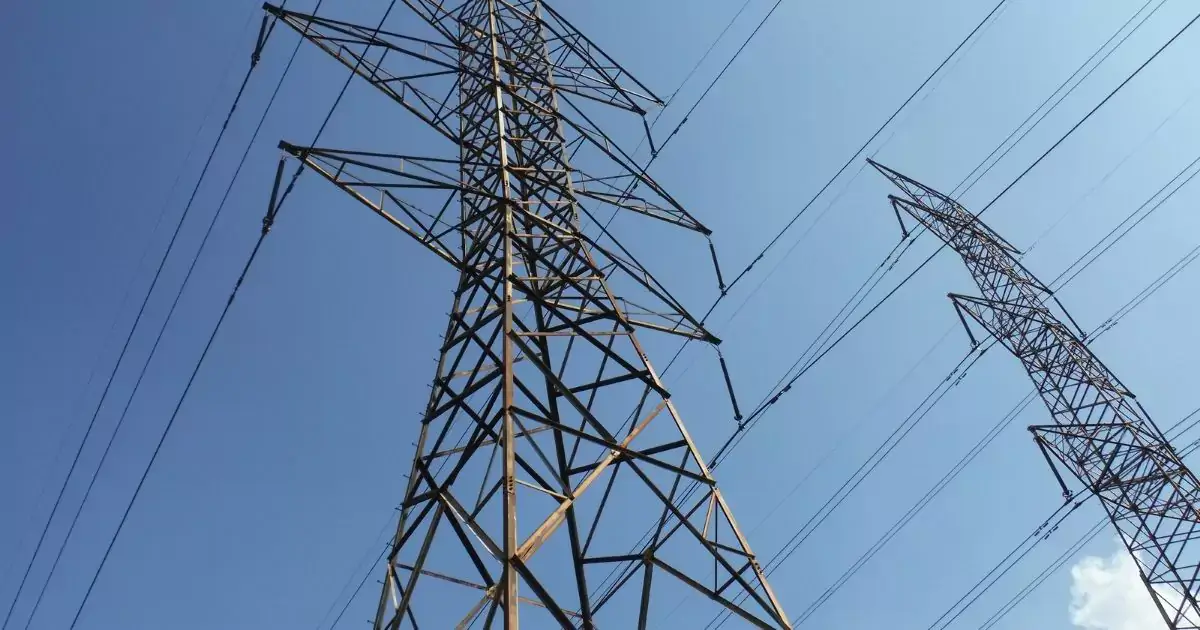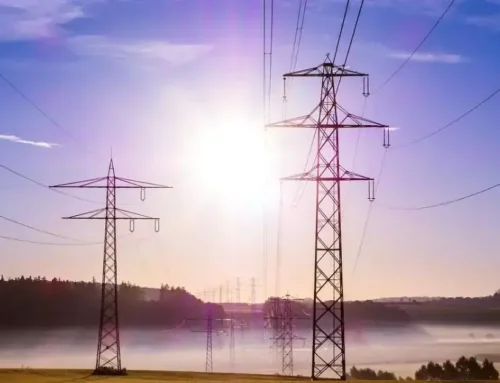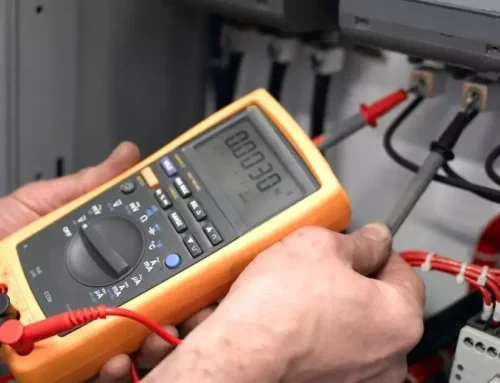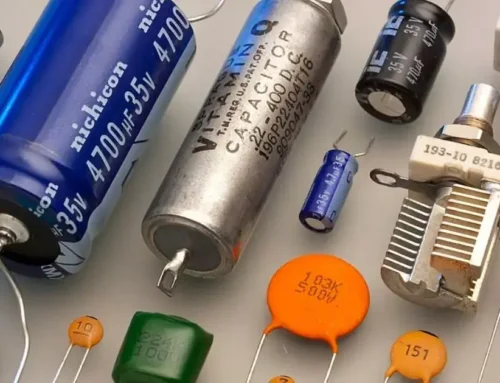On December 31st, 2021, the 2.0 Network Code was published in the Official Gazette of the Federation, updating Mexico’s electrical Network Code, a technical regulation by the Energy Regulatory Commission (CRE) first issued on April 8th, 2016.
Characteristics of the National Electrical System
The Network Code (CR) established by the Energy Regulatory Commission (CRE) sets out the essential technical, administrative, and legal requirements to ensure the proper operation of processes in the National Electrical System (SEN). This system, supplying electrical energy to 128 million people in Mexico, is one of the most complex in the world, covering 2 million square kilometers of national territory and achieving an impressive 98.7% coverage, according to Mexican government data.
The SEN encompasses the National Transmission Network (RNT), General Distribution Networks (RGD), Power Plants supplying the RNT and RGD, along with installations and equipment of the National Energy Control Center (Cenace). This decentralized public body is responsible for the operational control of the National Electrical System. The SEN’s infrastructure is extensive, comprising approximately 3 thousand power transformers, 1.5 million distribution transformers, 2 thousand electric substations, and over 537 thousand kilometers of medium-voltage lines.
What are the requirements to comply with Network Code 2.0?
The Network Code is a document that mediates between the interests of the private sector and the public sector, with the primary goal of ensuring the stability of the electrical grid.
In Mexico, industries and large consumers (Load Centers) must comply with the requirements of the Network Code regarding power factor, voltage, frequency, and energy quality, among others. It’s worth noting that while this code was previously applied to high-voltage companies, it now applies to all load centers with a contracted capacity of over 1 megawatt.
Among other features, it establishes that under normal operating conditions, voltage should range from 105 to 95. Likewise, the short-circuit test horizon should be three years, compared to the previous six years. Regarding power factor, with Network Code 2.0, the requirement is to maintain it at 95% (a figure that will rise to 97% from 2026).
Network Code 2.0 also added a limit of 50% on Total Demand Distortion (TDD), which evaluates harmonic intensities between the user and the energy supply source. Additionally, the new code requests that instantaneous voltage variations be 0.8 instead of 0.6 and requires voltage imbalance not to exceed 2%.
Quartux contributes to the efficiency of the National Electrical System
Starting in early 2022, it’s the responsibility of all companies to stay updated on modifications to the new CFE Network Code. This measure not only prevents sanctions but also contributes to guiding the country towards a cleaner and more efficient National Electrical System. The new Network Code not only provides stability to electrical grids but also expands opportunities for increased use of renewable energies.
In this sense, Quartux’s storage system technology improves energy quality, in compliance with the Network Code, as energy storage systems promote a more stable electrical grid, ensuring energy quality and reducing blackouts.
In the country’s industrial sector, one of the problems that most impacts productivity is blackouts, and Quartux’s personalized control software reduces grid congestion through its storage system. Additionally, its platform helps generate direct economic bonuses, shifts the consumption curve, replaces expensive energy with cheaper and cleaner energy, and protects companies and industries against network interruptions.
Energy Storage: The Smart Solution to Comply with the Network Code
Energy storage is considered by companies and industries in the country as a strategic solution to meet Network Code requirements. At the same time, this solution contributes to expanding business prospects due to its notable advantages throughout the entire value chain of the energy sector.
Greater compliance with the Network Code translates into a more reliable electrical grid and a reduction in the risk of energy interruptions, providing significant benefits to both generators and load centers.
In this regard, for Quartux, the policies of Network Code 2.0 mean a “win-win” for all members of the SEN, and with the implementation of intelligent solutions like Quartux’s system, short-term progress will be made towards a more stable grid, paving the way for a promising future for the country’s energy sector.







